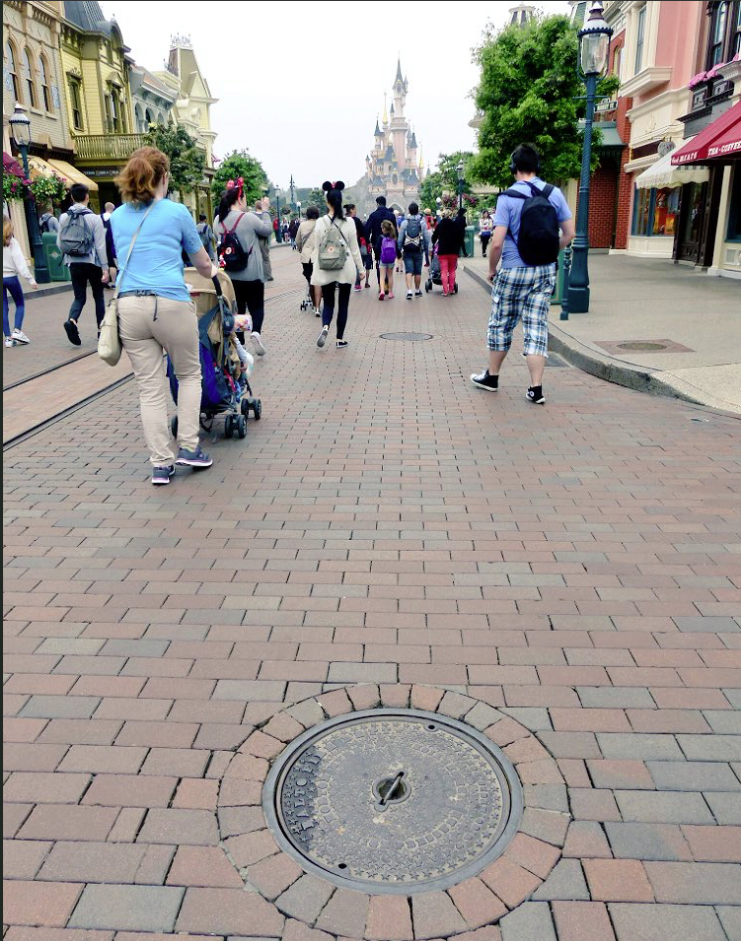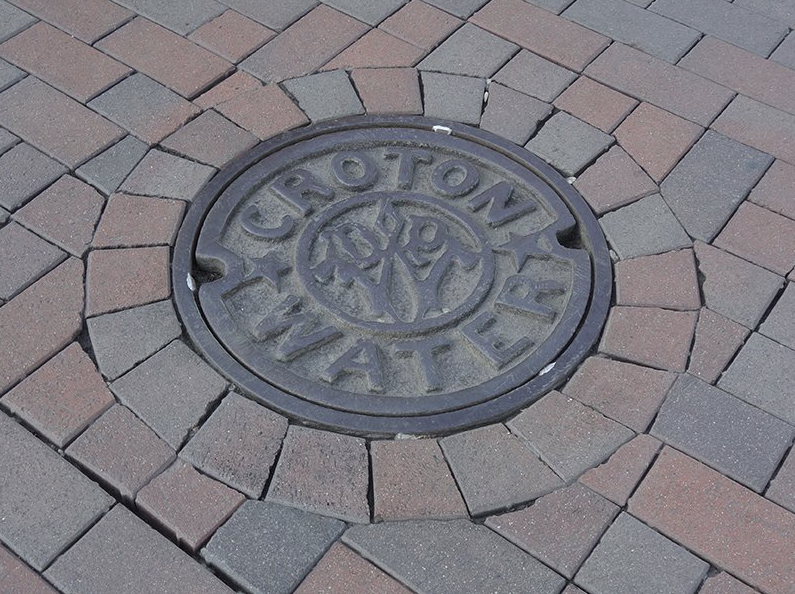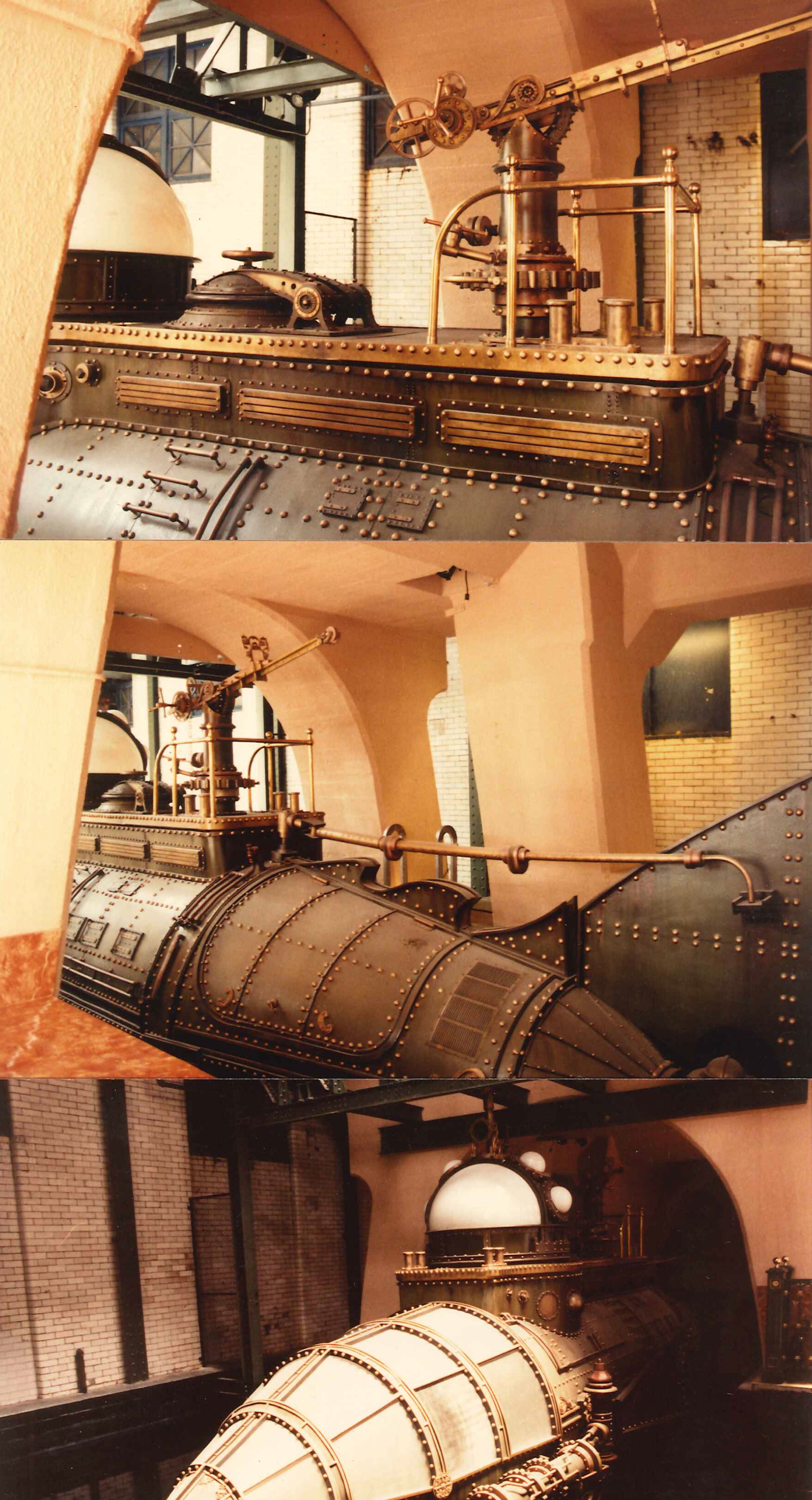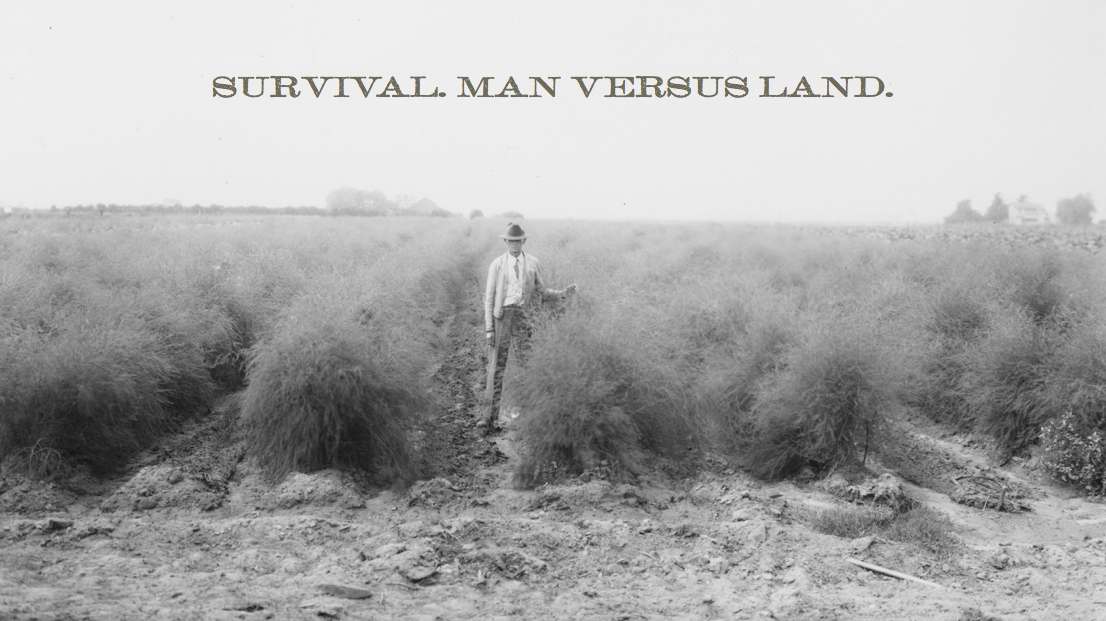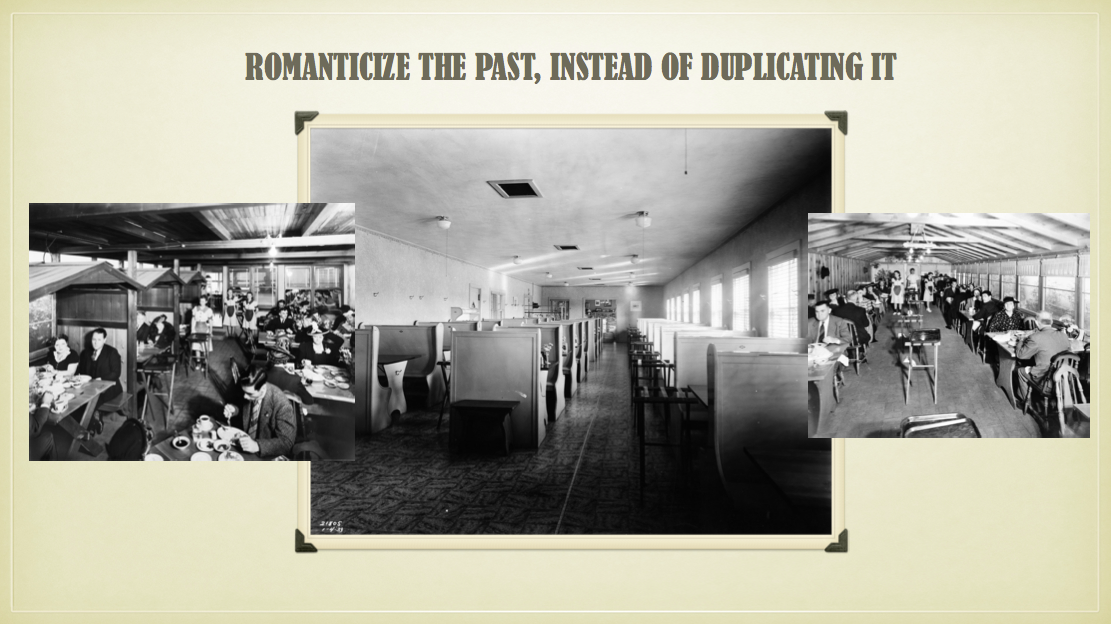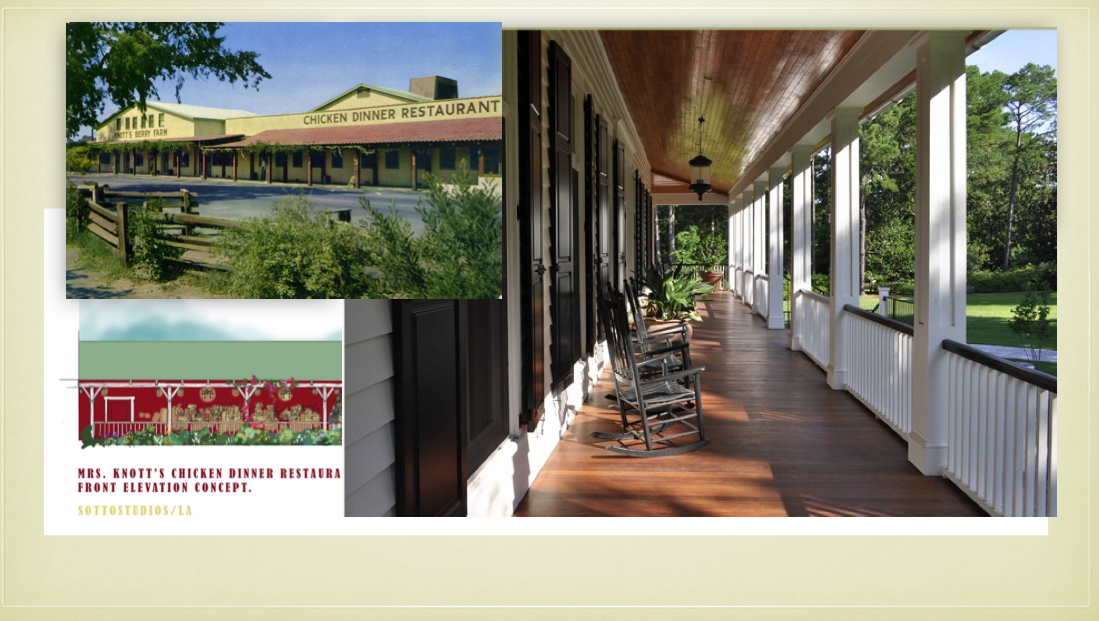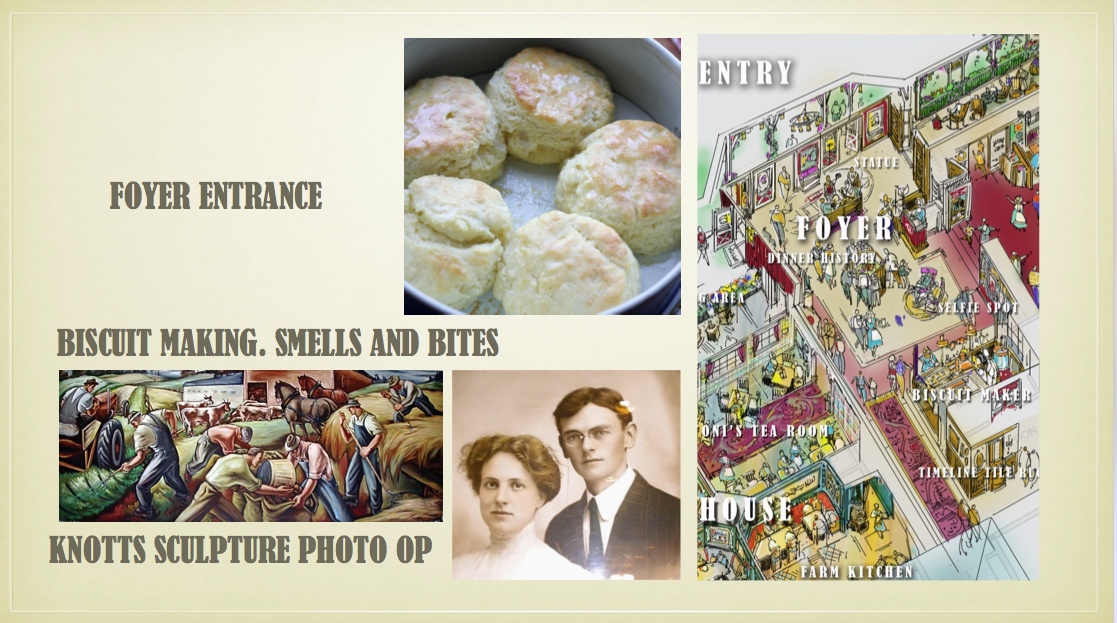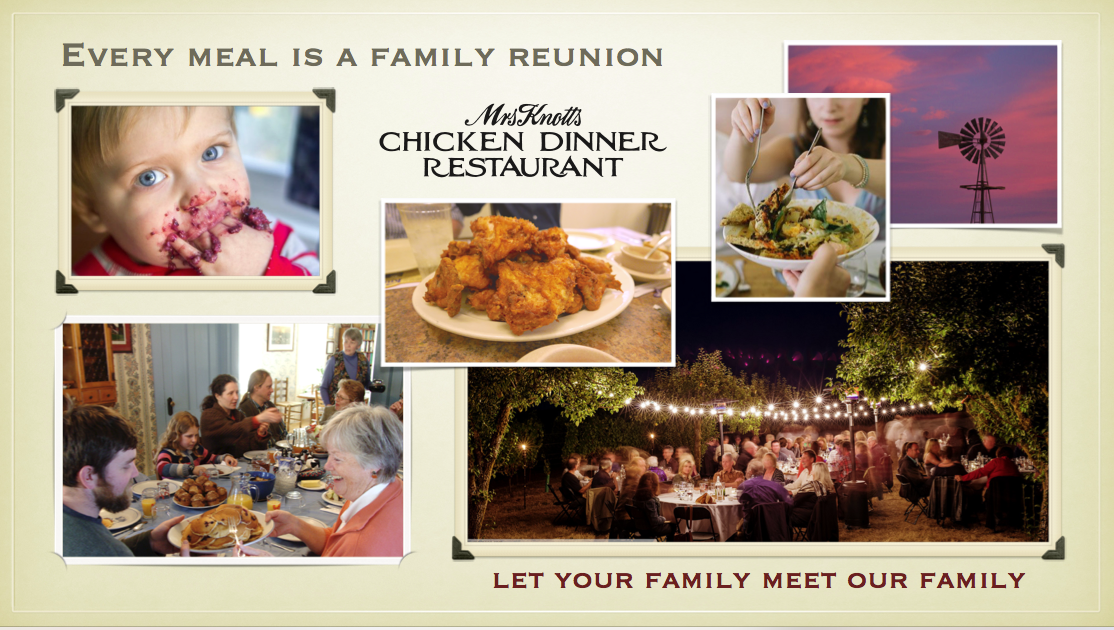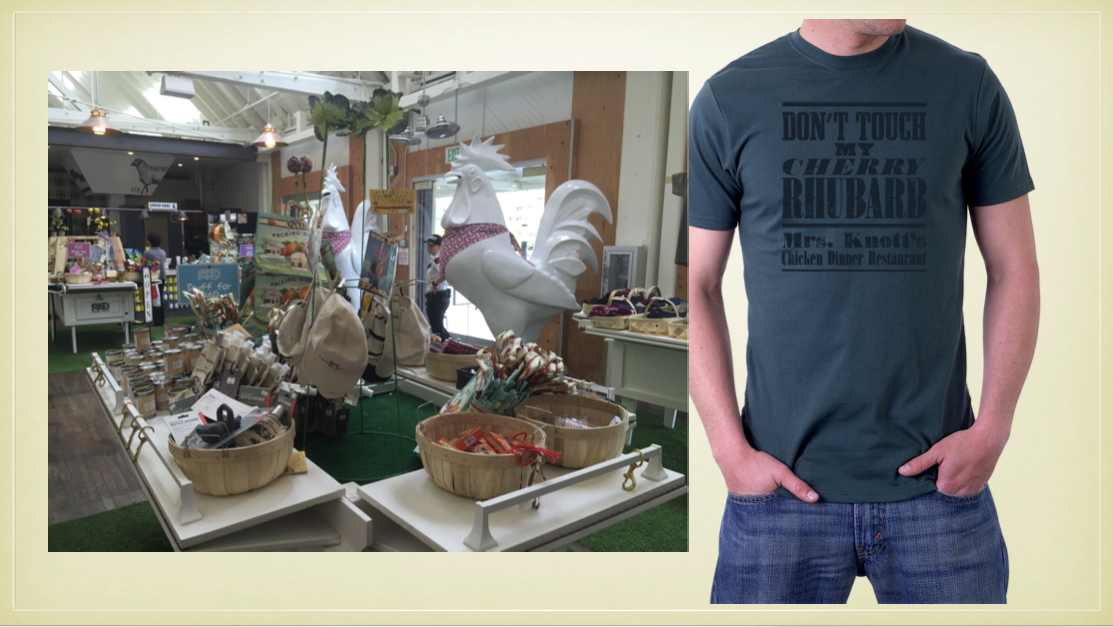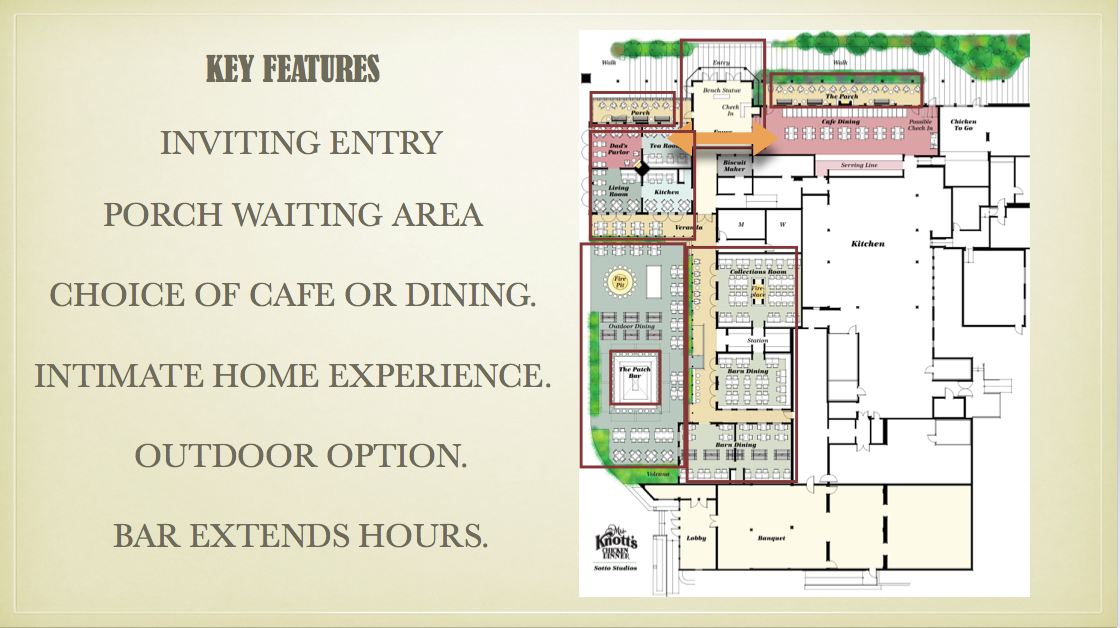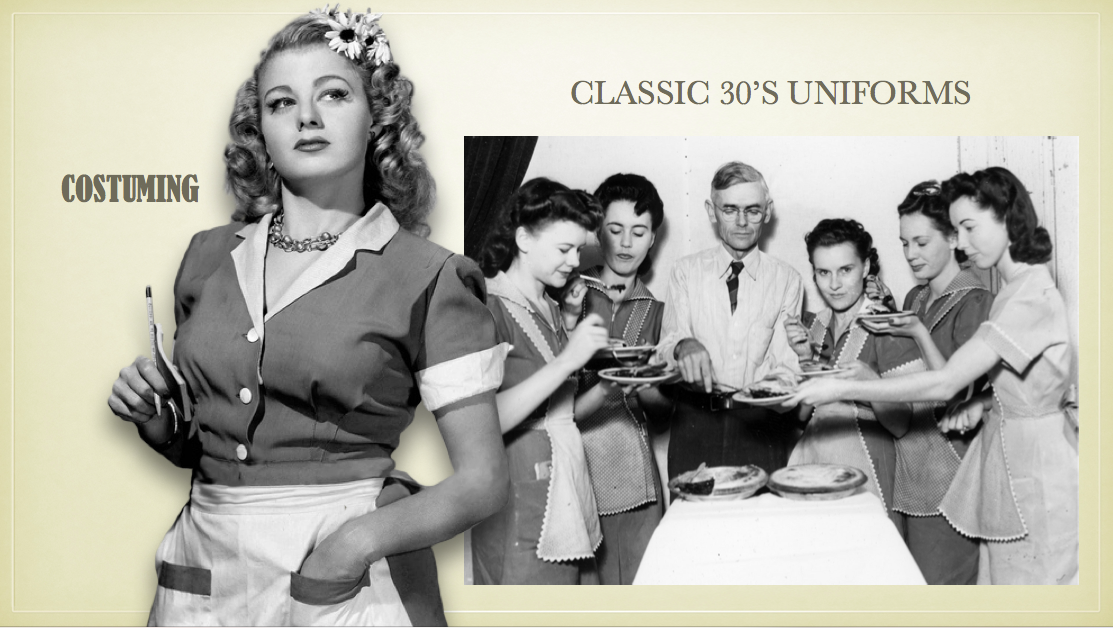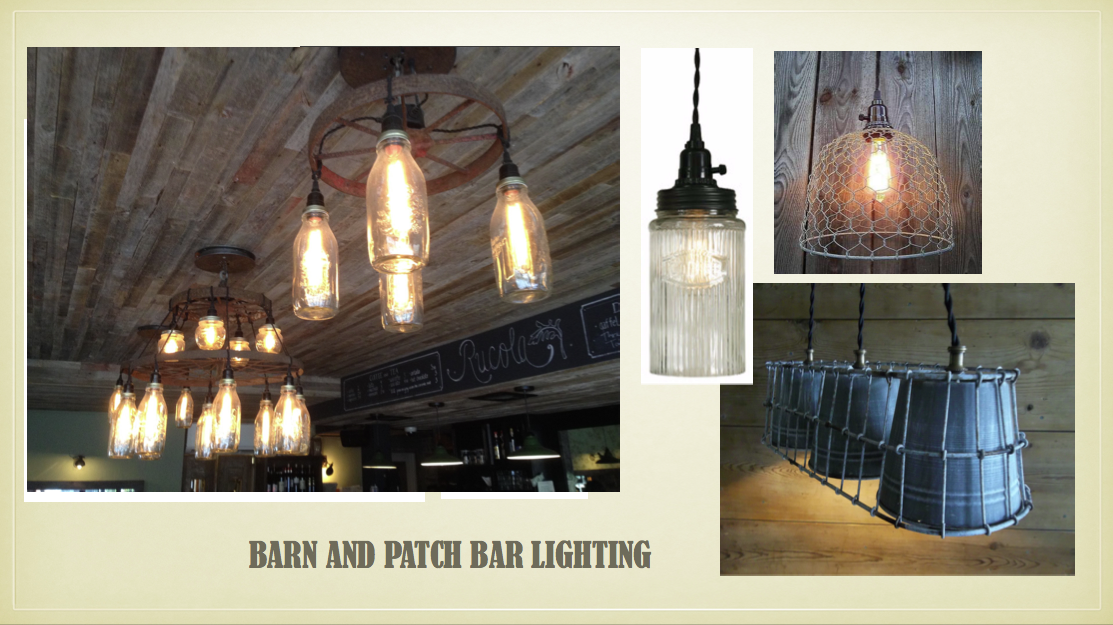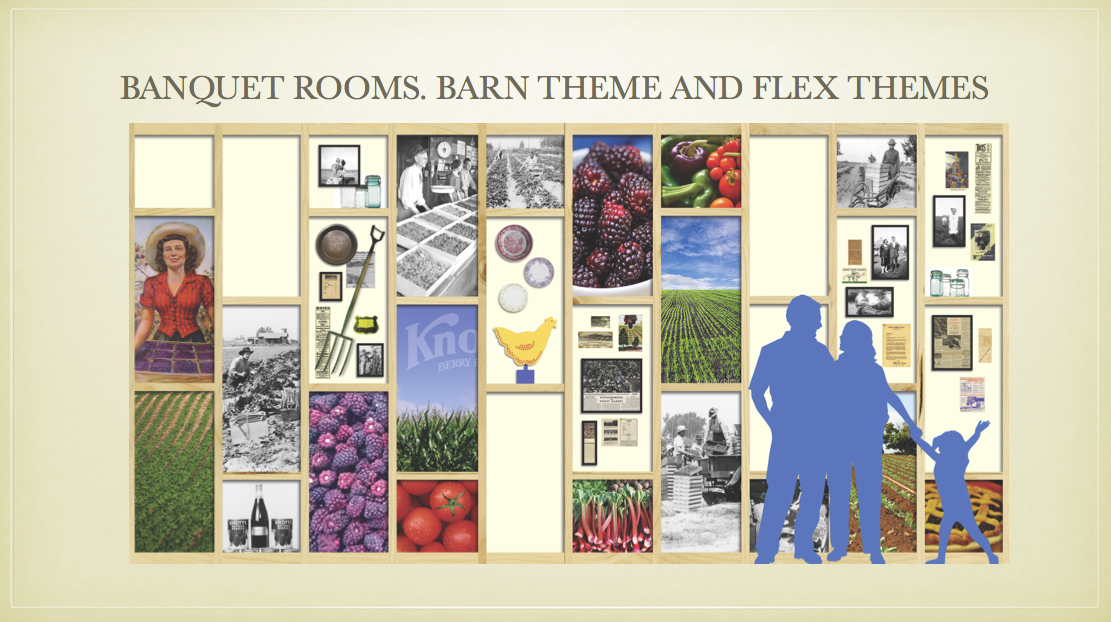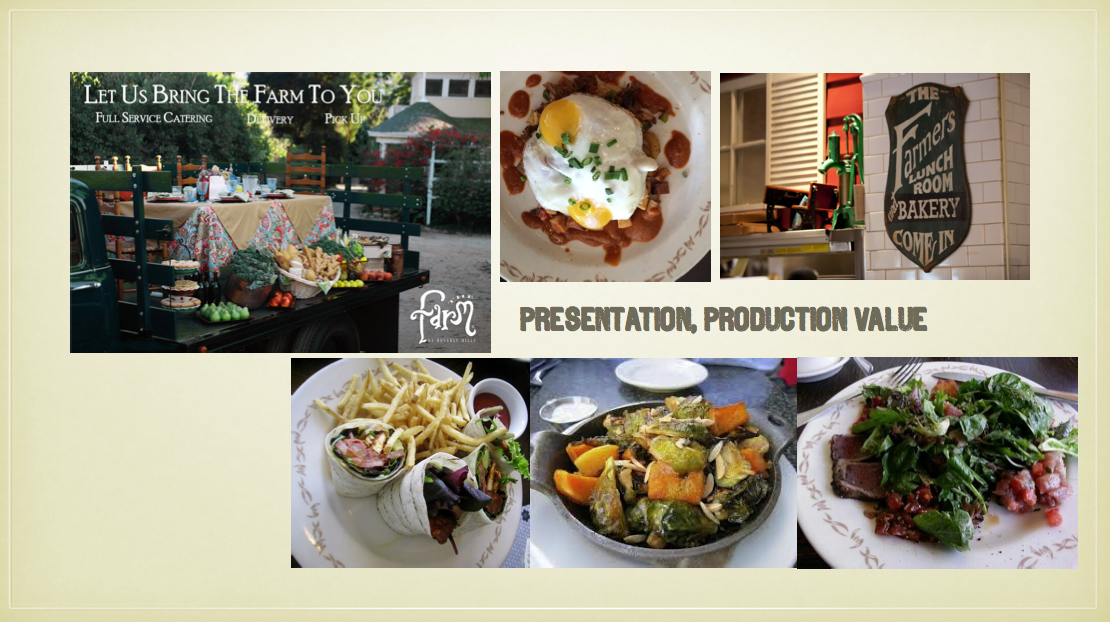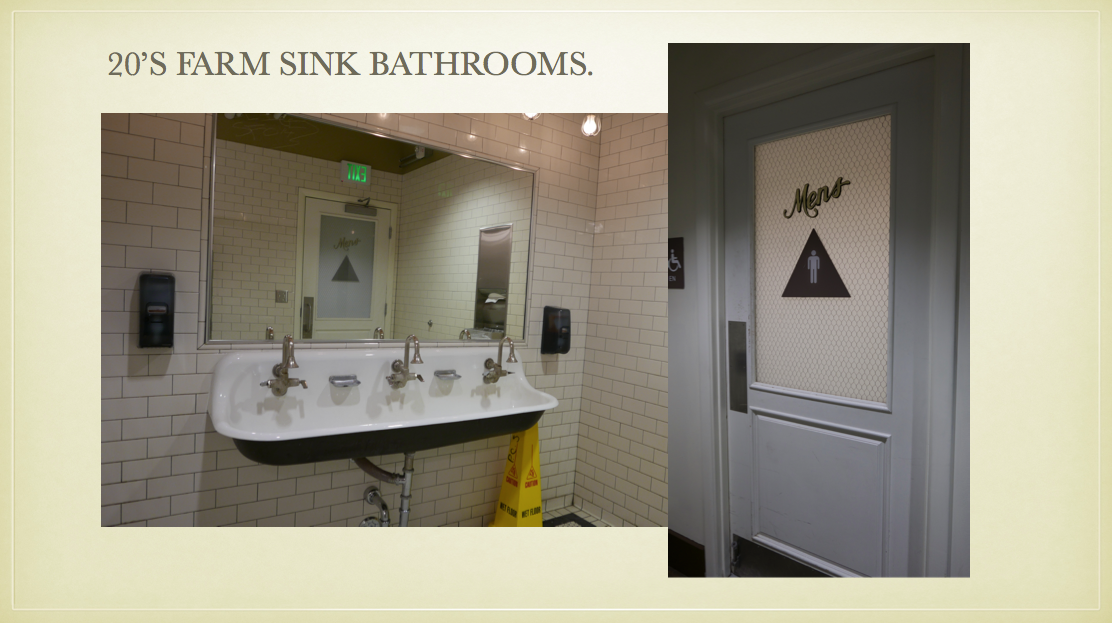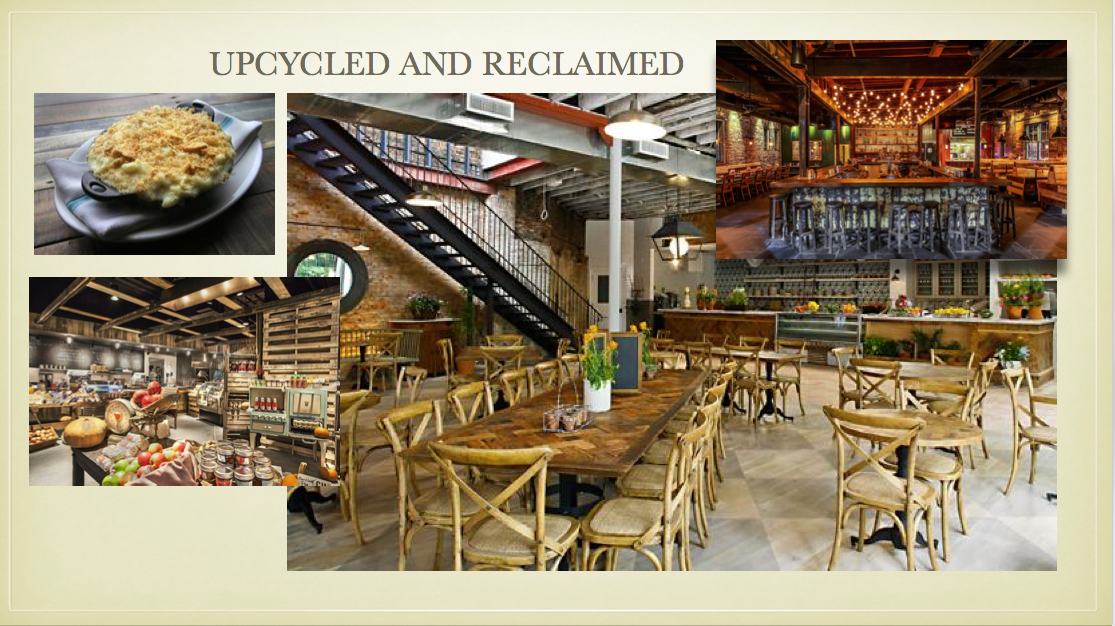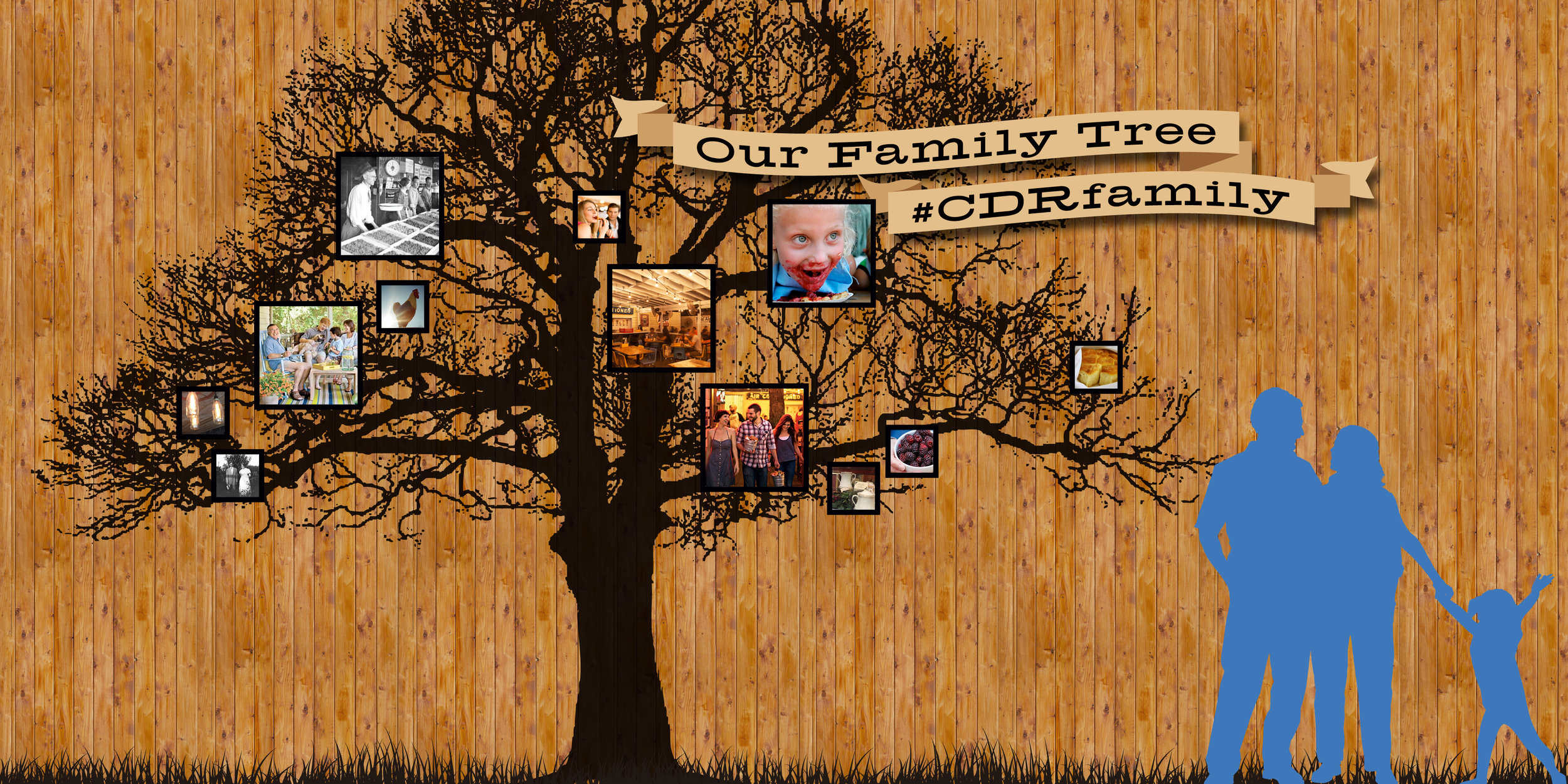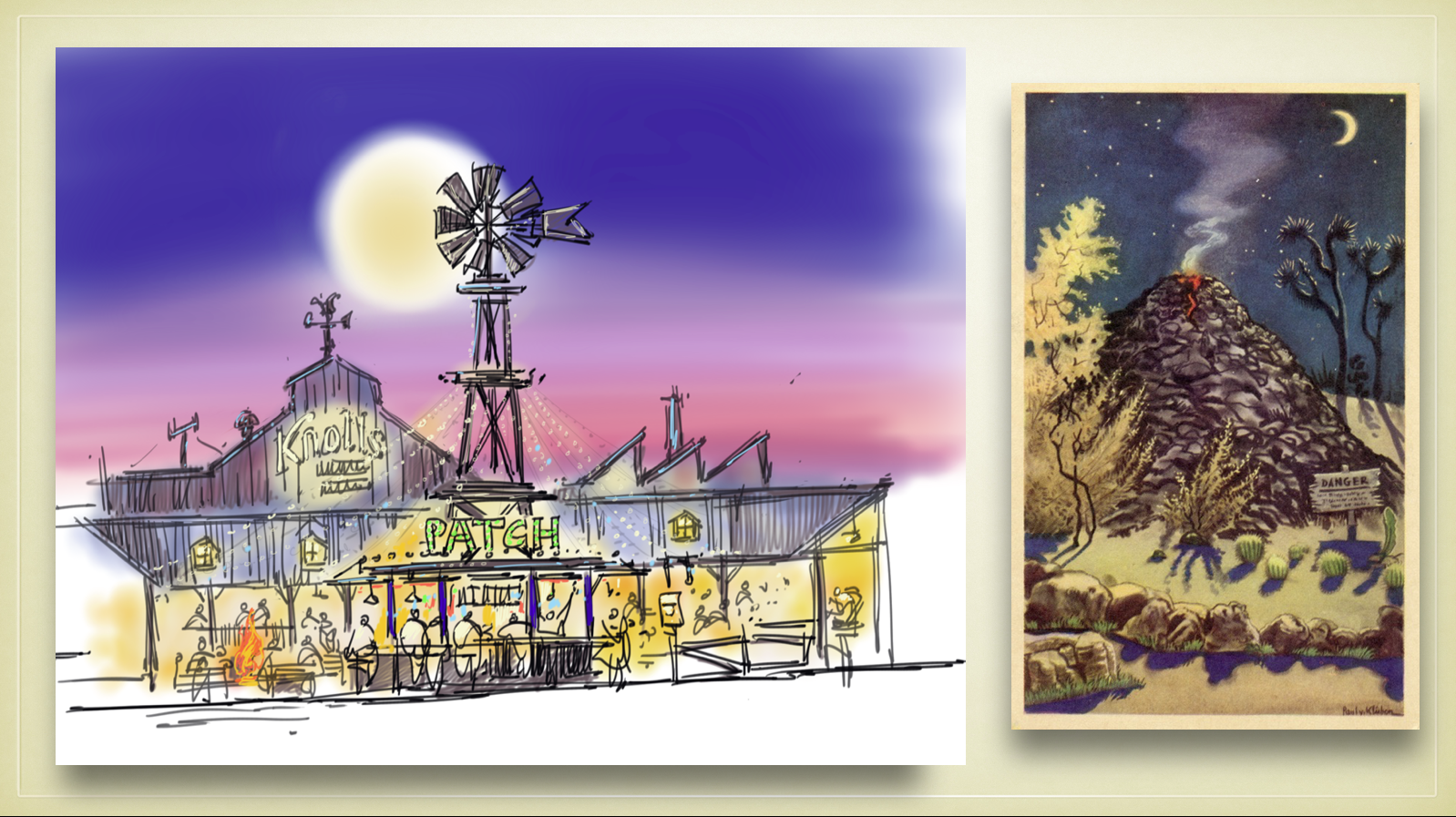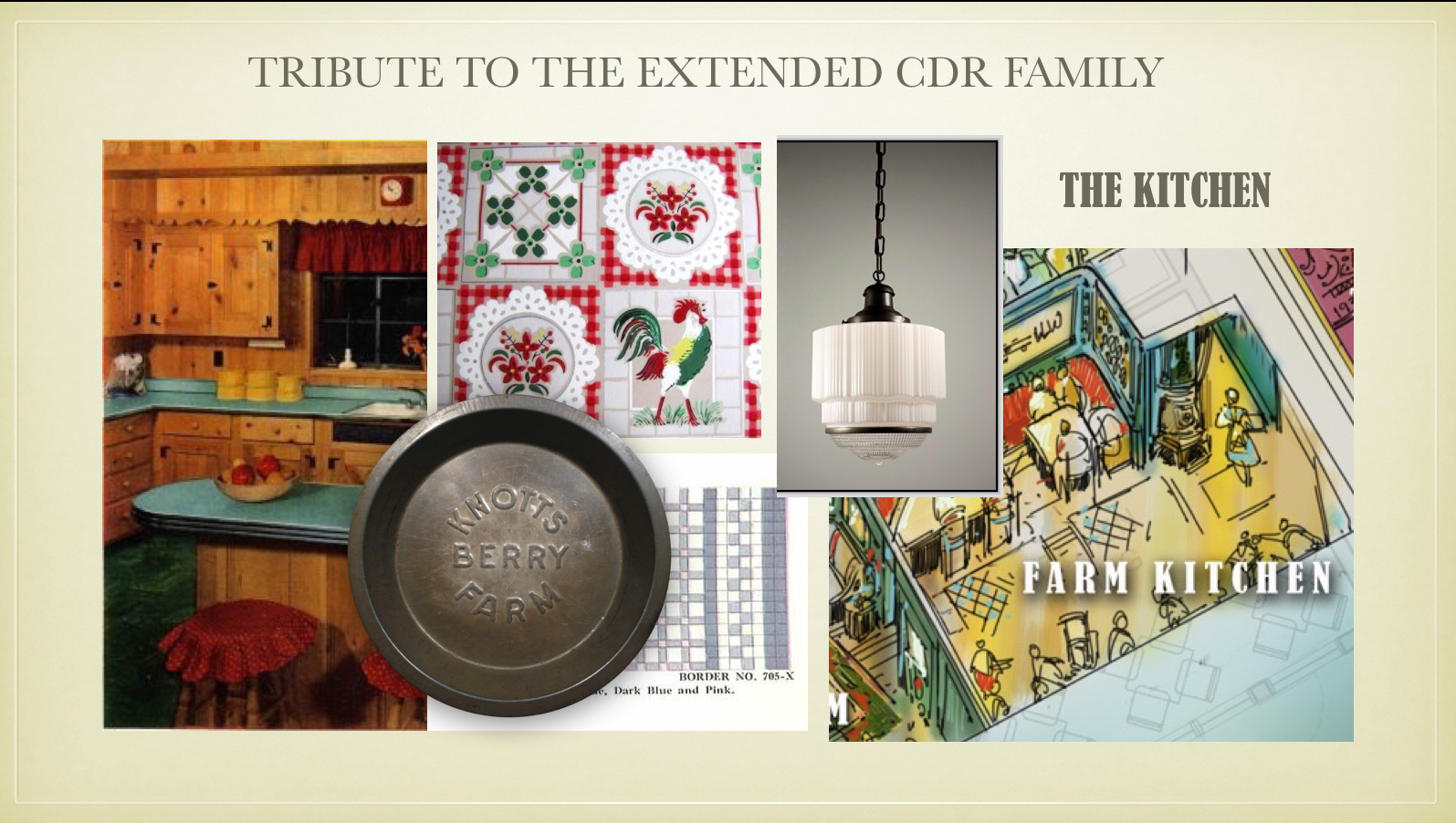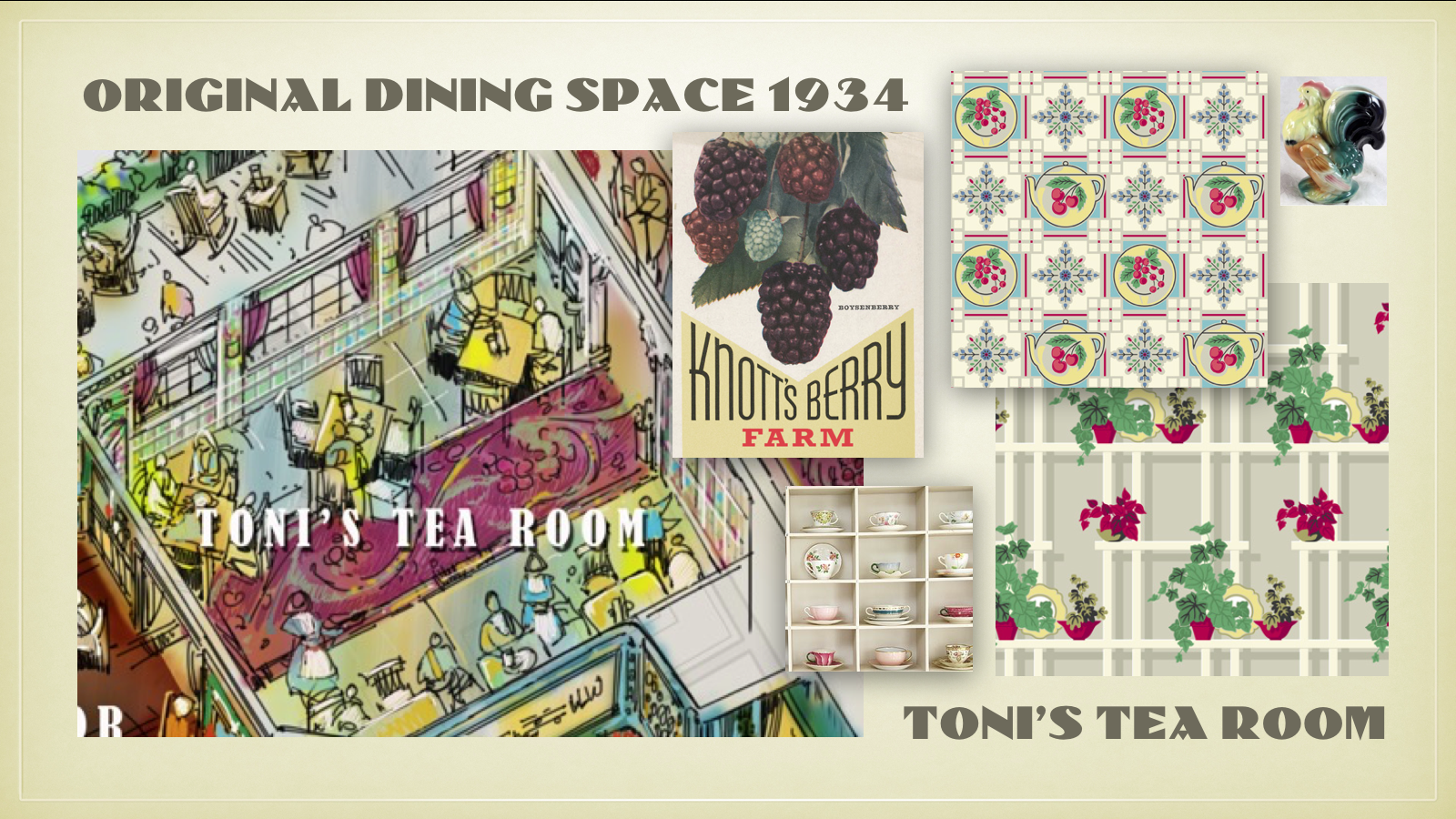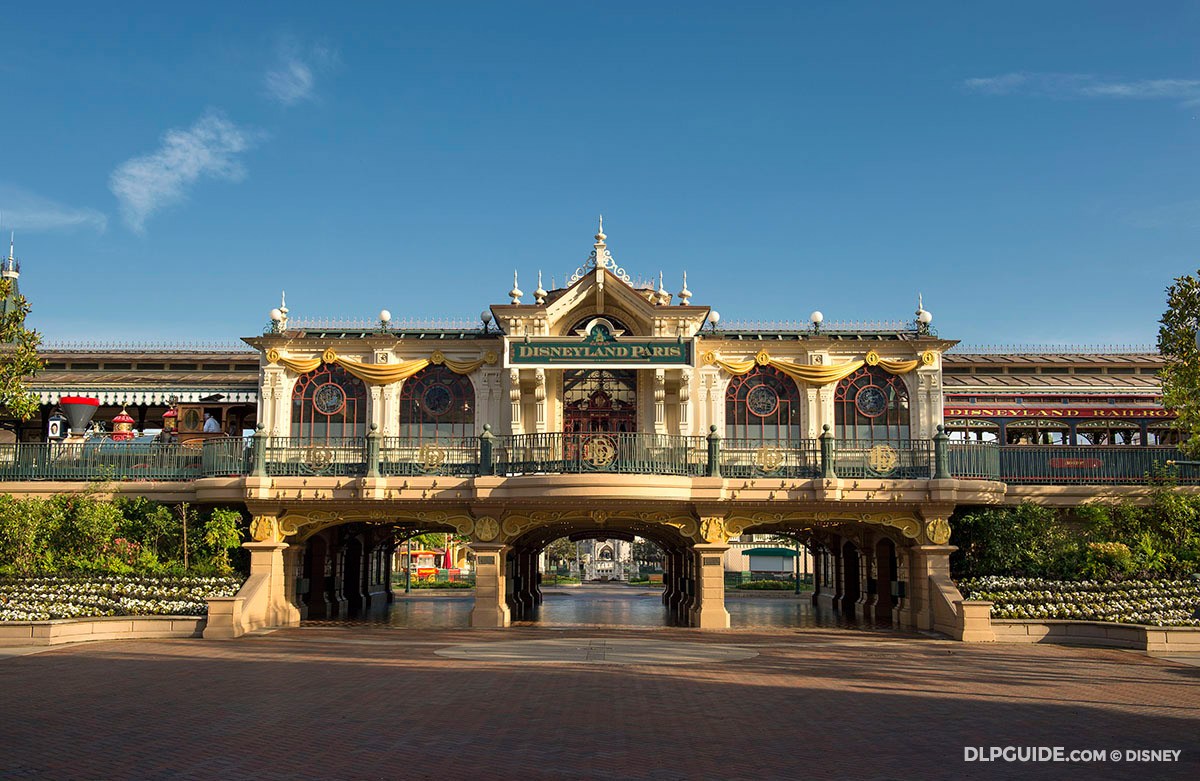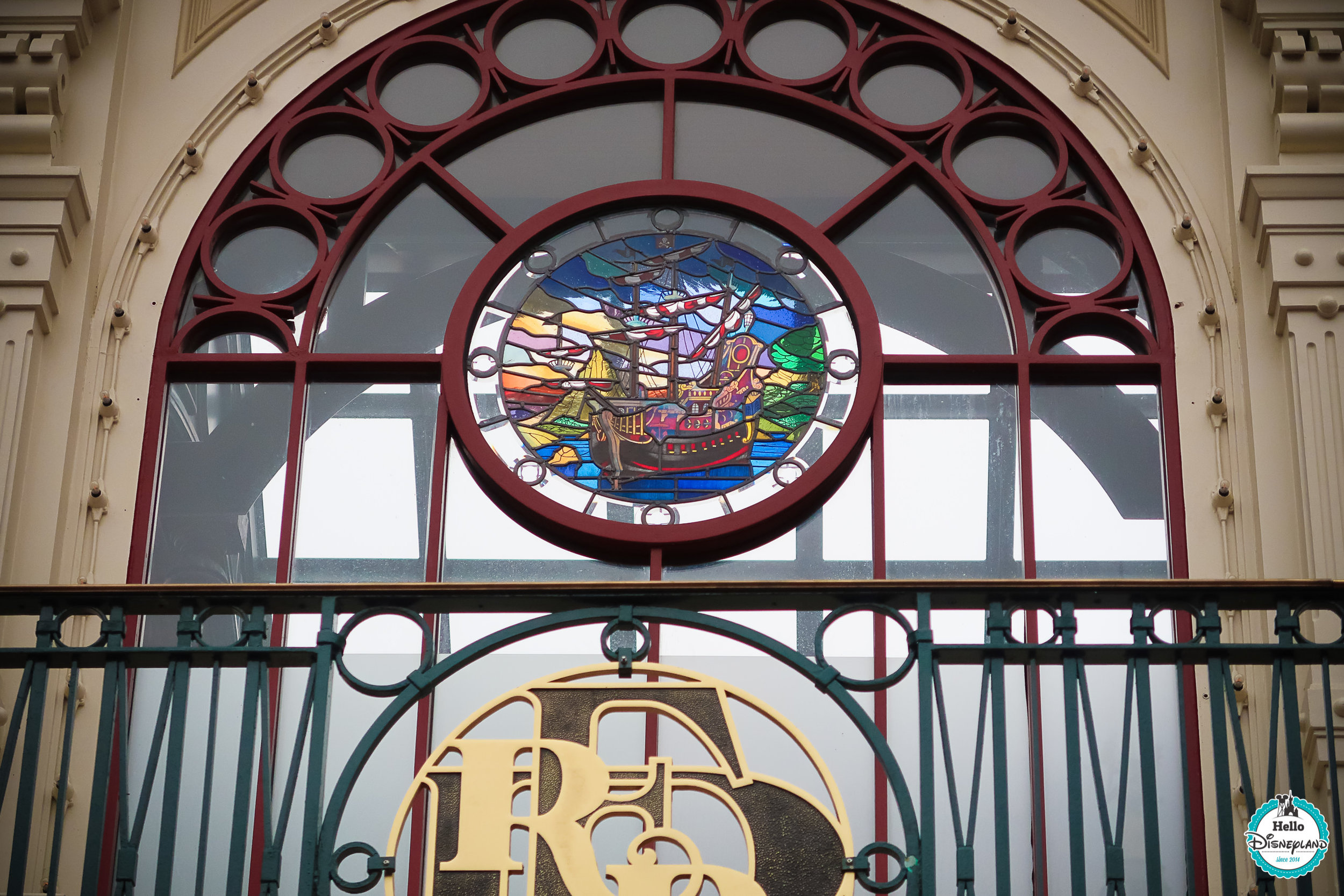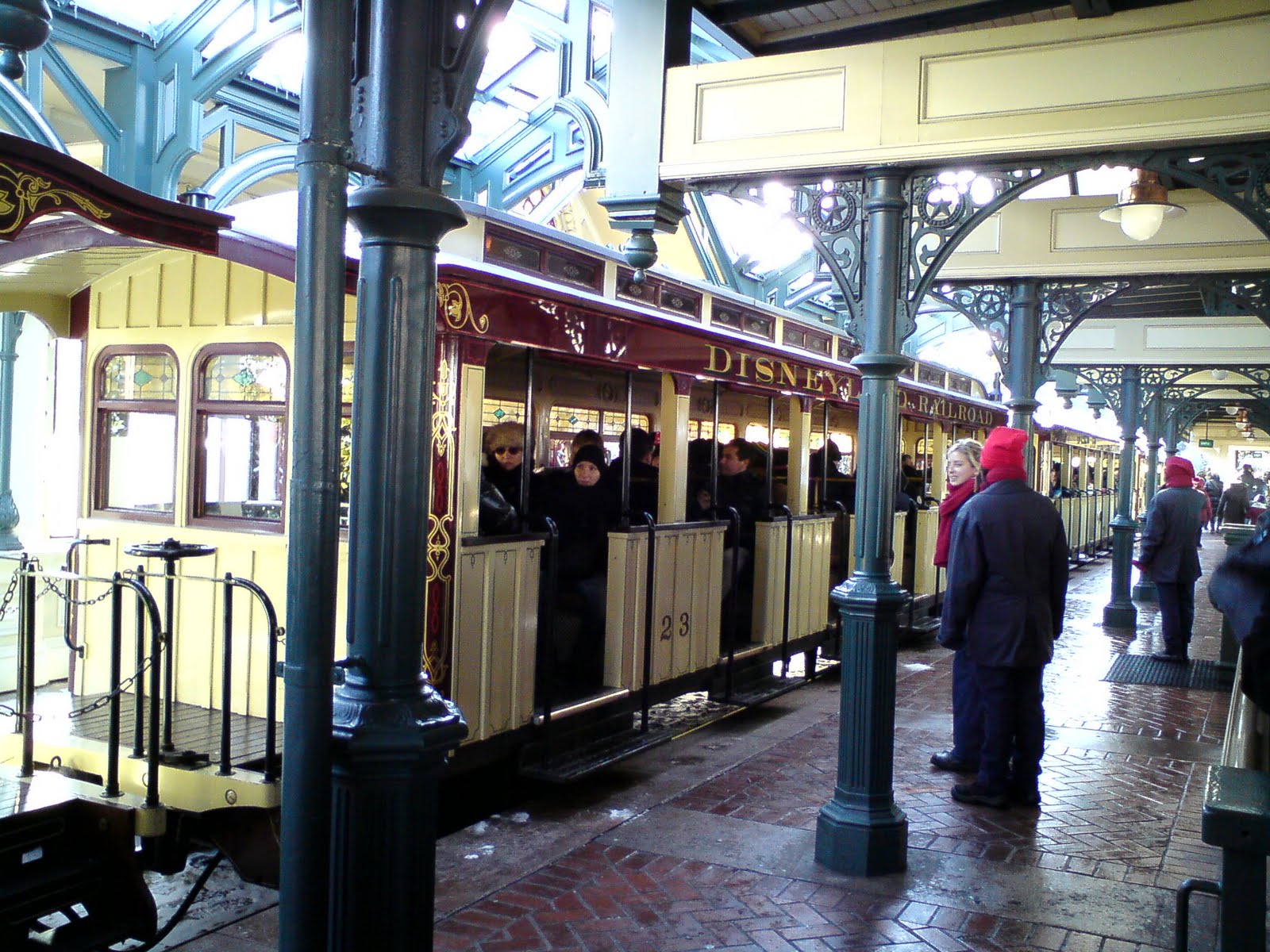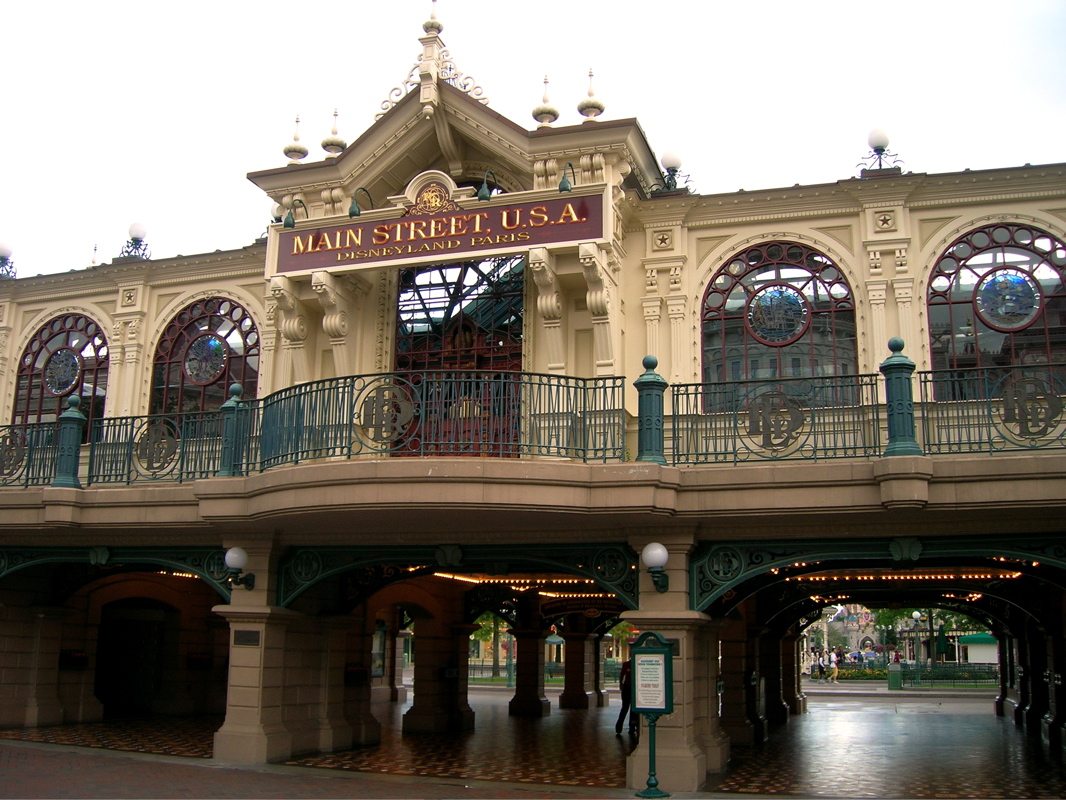“You can design and create, and build the most wonderful place in the world. But it takes people to make the dream a reality.” - Walt Disney.
Jim Cora, master operator, friend and Disney Legend.
UPDATE: Jim’s acclaimed biography : ”Not another walk in the Park” is available on Amazon.
https://www.amazon.com/Not-Just-Walk-Park-Worldwide/dp/136804364X
Collaboration is key
Like making movies, the theme park industry is a collaborative one, as it takes many diverse talents to put on “the show” that our guests may call “the best day ever” or at times it rises to the level of “magical” when all those diverse aspects of fun converge.
“You’re only as good as your operator”
The one thing I’ve come to learn as a designer is that “you’re only as good as your operator.” What does that mean? To me, that means that the cast members and the attention to the upkeep of any attraction you design is ultimately in the hands of another to truly take it to the finish line and it lives with them. You raise the “ child”and then it moves out and lives with another “parent”. There is nothing worse than working in some cases for several years, only to have the project you help bring to life decay before your eyes or have the special effects shut off. There’s also nothing more defeating than designing a stunning restaurant environment only to have the food be practically inedible, served on sticky tables, in a sweltering room, and your server gone to lunch. It reminds us of how critical the operation is to the guest experience. Design only sets the stage, the cast acts upon it. If you have an operator that does not “get it”, then the best day a designer can expect is opening day. The rest is downhill, and believe me, I’ve seen this happen on projects I’ve worked on. They go down in flames. Take your pictures day one before the paint falls off! It’s actually a very painful experience.
Catching up over lunch with Jim at his Orange County home, June 2020.
Values above all
This is why a park operator who is passionate about the overall guest experience is a rare and wonderful find. In my experience, Disney legend Jim Cora was that kind of operator. We worked together on Euro Disneyland and at times sat in heated conflict, but we both were fighting for the same thing. That singular vision of “Walt’s park”, and we both knew that when the dust settled, we’d land with most of what we each wanted and the guest would win in the end. It’s a healthy conflict between creative and operations and maintains the delicate balance to prevent excess on both sides.
“Tell him Walt sent you”
Jim was an eager young man working as a ride operator walking through Disneyland in the late 1950’s when he saw Walt Disney walking the opposite way. He tried to avoid Walt, but Disney spotted the load of books in his arms and called out to him. Cora was surprised that Walt knew him by his first name, but recalled his name tag was on. Good move! They chatted about Jim’s background and Walt senses Jim’s passion for cast member training. Jim shared how important training was to him and that there was a need to do it even better. Walt agreed that Jim should pursue his ideas and directed him to seek out cast member guru Van Arsdale France and to “tell him Walt sent you.’” Jim took that life changing turn and eventually became a key part of developing what we know now as “the Disney Show” and evangelized such game changing terms as “on-stage and backstage” in relation to Disneyland being a “show” that the “cast” was a part of. Those concepts and values would be capsulized in something called the “Disney University” that Jim would have a hand in developing as well. These tenets were critical to the huge success of the parks in general.
Taking the park overseas
Jim’s operations career soon extended far beyond training into the opening of bigger things like Walt Disney World. So when the company would “jump the pond” to Asia, Jim took on helping to found a Disneyland for Tokyo. That success led Cora on a string of heady assignments to eventually retire as Chairman of Disneyland International, after opening both TokyoSea and Disneyland Paris. This is where we first worked together and later we reunited when I managed the master planning portfolio of Tokyo Disneyland.
Paving the way to success
My favorite memory of working with Jim was when we realized that using asphalt to pave the 19th Century “Main Street USA’ in Paris might seem jarring and “out of period” to Parisians accustomed to walking on cobblestone “rues” every day. What works in Anaheim won’t always play in Europe, and worse, I wanted brick pavers which meant asking for more money. Michael Eisner even sent images of brick streets from Jamestown as a reference, so everyone was in the act at one point. We met with operations. To my surprise, Jim saw the paver enhancement as a plus as they could be easily removed without cutting into the street for repairs and good for show readiness! Sure enough, no sooner had the street been laid than they had to be removed for a large leak. The brick street reminds me that great design can be a “win-win” when both parties hold the guest experience above their own priorities. Jim’s thinking was “the show must go on.” We recently laughed about that experience. Here’s how Jim approached these situations.
“This is a serious project, and there are plenty of times when the hard work and the stress make it difficult to smile or laugh. But if we can’t have a good time and enjoy what we are doing it will be impossible for us to create a good time for our guests. So we keep a sense of
humor.”- Jim Cora
Jim gets personal in his upcoming book on the family values that drove him.
Greatly missed
Sadly, on March 21st at 83, we lost Disney Legend Jim Cora. We recall the great times working with him, but most of all, park guests experienced those “great times,” thanks to the foundation he helped lay in training the cast and the values he stood for that others emulated in their operating style. Jim was part of running the Disneyland that I fell in love with as a kid and that experience was what I was trying to pass on through design. Fortunately, Jim had just finished writing a book with Jeff Kurtti to emerge soon that chronicles his family and values that drove him during his time at the company. An insightful and highly recommended read to come. Our deepest sympathies extend to the Cora family, his brother John and his dear wife Mimi.
Jim’s window. Main Street Paris. “Second Opinion Surgery, our operations will keep you in stitches”
When it comes to the repetitive nature of operations, Walt said it best, perhaps to Jim Cora because he practiced it so well! You are treasured and very much missed by all of us.
“Whatever you do, do it so well that when people see you do it they will want to come back and see you do it again and they will want to bring others and show them how well you do what you do” - Walt Disney






















